In a remarkable turn of events, there was a US housing starts surge, marking a significant upswing in the construction sector. November 2023 saw a 14.8% leap in new home constructions, catapulting the rate to a striking 1.56 million annual pace. This surge, not seen since May 2023, indicates a robust demand in the housing market, albeit still shy of the April 2022 peak of 1.8 million.
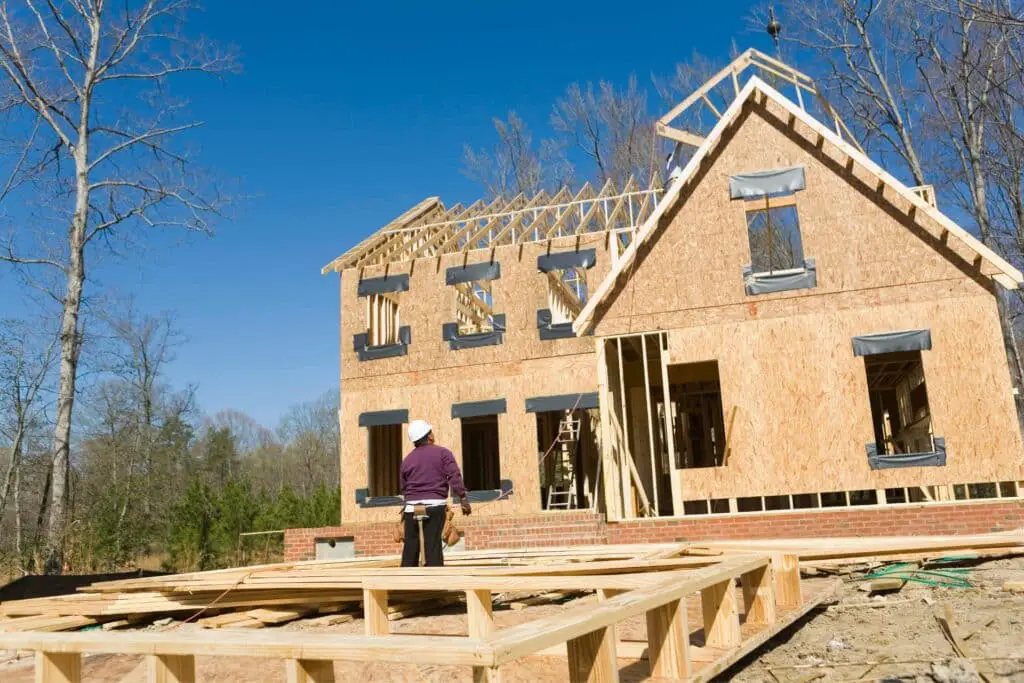
Reasons for the US Housing Starts Surge
The impetus behind this surge is clear. As Stephen Stanley, chief U.S. economist at Santander U.S. Capital Markets, puts it, “Housing starts exploded higher in November, surging by nearly 15% to a 1.56 million unit annualized pace, the best reading since May and second-best in a year and a half.” This dramatic increase is primarily due to a strong home-buying demand amidst a notable shortage of available homes. The rate comfortably surpassed Wall Street predictions of a 1.36 million rate, underscoring a market more robust than anticipated.
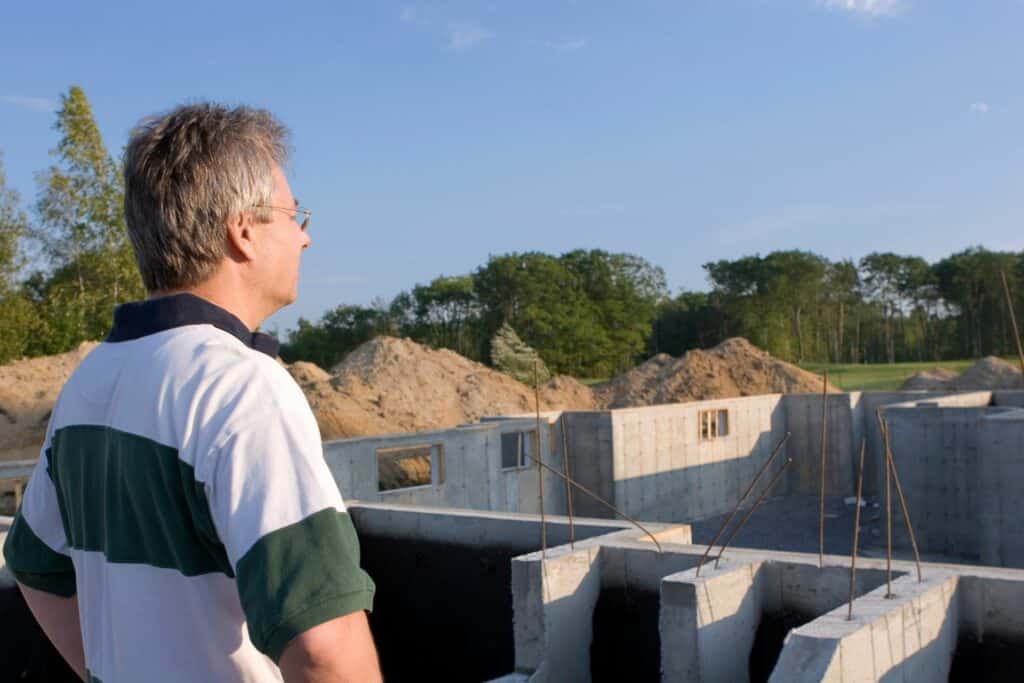
Type of Construction and Geographical Variation
Both single-family and multi-family constructions witnessed growth in November. Single-family home constructions rose by 18%, while apartment building increased by 8.9%. Geographically, the Northeast experienced a substantial boom, doubling its construction output. However, single-family starts in the West saw a marginal decline of 0.8%.
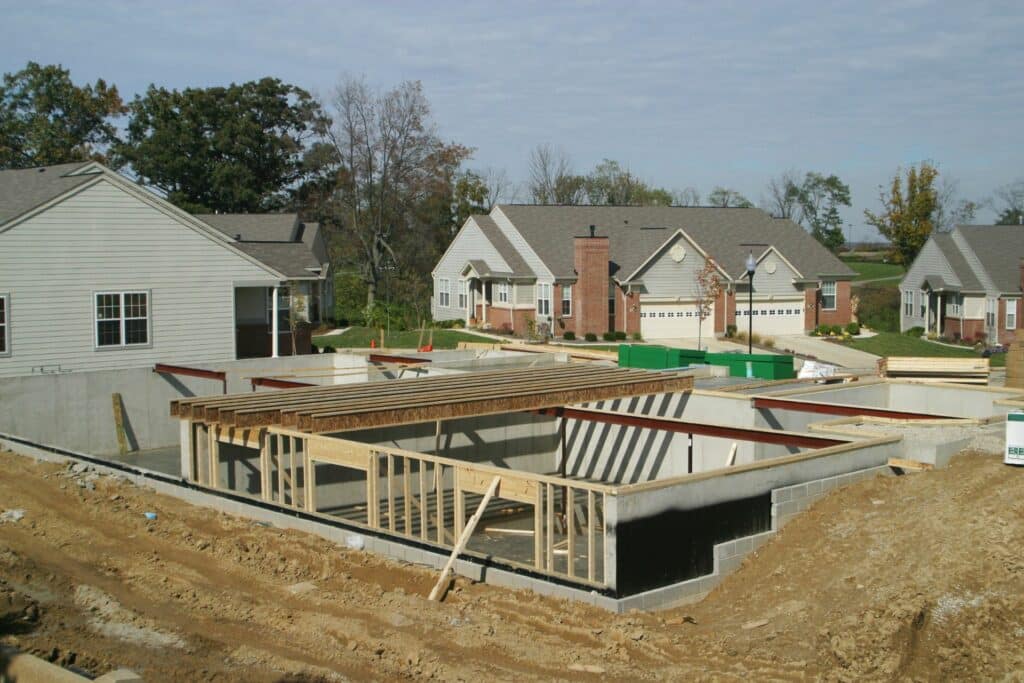
Building Permits and Market Context
Building permits, which indicate future construction trends, fell 2.5% to a 1.46 million rate. Despite this, single-family home permits saw a slight increase. This current market context reflects a response to the strong buyer demand and a recent dip in mortgage rates. The 30-year mortgage rate fell below 7% for the first time since August, hinting at more affordable home loans.
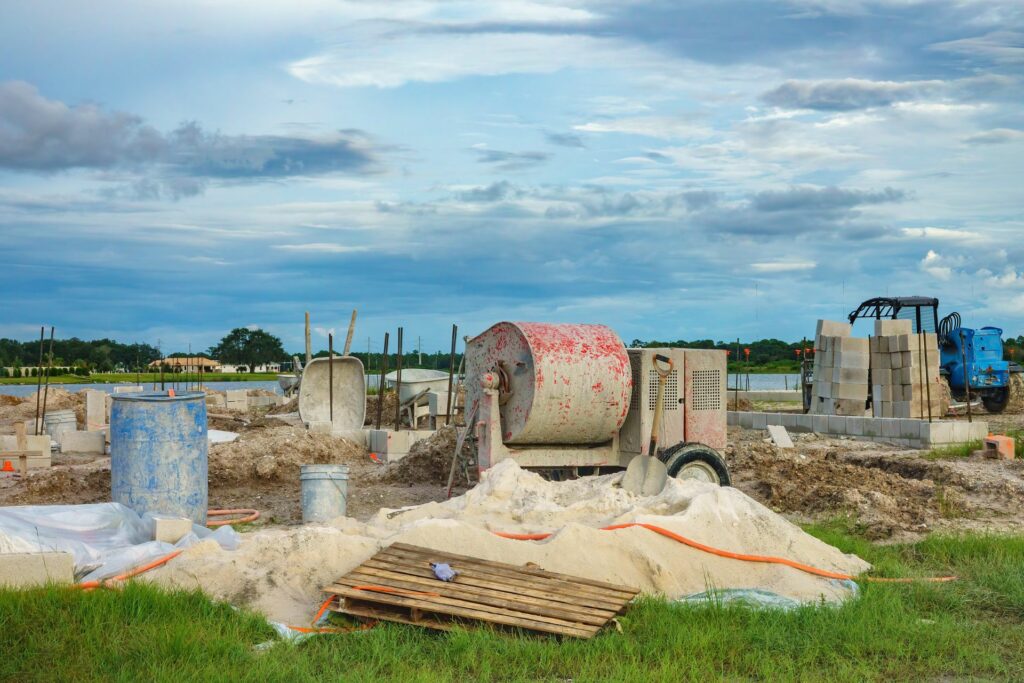
Economists’ Perspectives
Economists have varying views on this trend. While Stanley sees the surge as a significant increase driven by lower mortgage rates and a low supply of existing homes, Ali Jaffery from CIBC Economics offers a cautious tone. He remarks, “While mortgage rates have eased substantially since their peak in late October, today’s release likely reflects noise rather than the influence of gradually improving demand. We expect a pullback next month.” This mix of optimism and caution paints a complex picture of the housing market’s future.
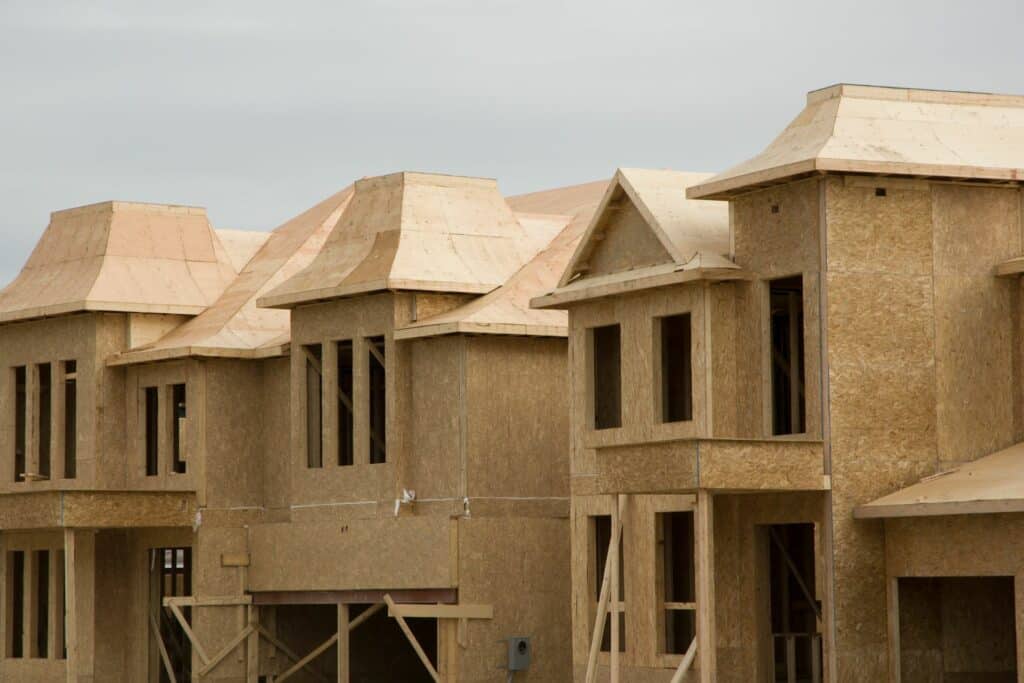
Market Reaction
Following this announcement, U.S. stocks showed an uptick, and the yield on the 10-year Treasury note remained below 4%. This positive market reaction indicates a broader confidence in the economic stability and growth potential of the housing sector.

Conclusion
The US housing starts surge in November is a beacon of optimism in the construction industry. It represents a significant increase in housing starts, a response to strong buyer demand and falling mortgage rates. However, the caution expressed by some economists suggests that this might be a temporary spike. Regardless, this development holds substantial implications for the housing market and the broader economy.
Related posts:
 Affordable Rental Provider Repays $710K to Arlington County
Affordable Rental Provider Repays $710K to Arlington County
 Reduce Your Environmental Footprint: Simple Water Conservation Tips for Your Home
Reduce Your Environmental Footprint: Simple Water Conservation Tips for Your Home
 10 Precautions to Stay Safe During a Home Renovation
10 Precautions to Stay Safe During a Home Renovation
 Surge in US Housing: A Close Look at the November 2023 Boom
Surge in US Housing: A Close Look at the November 2023 Boom
 Increased Housing Confidence Brightens 2024, But Buying a Home Still Tough
Increased Housing Confidence Brightens 2024, But Buying a Home Still Tough



